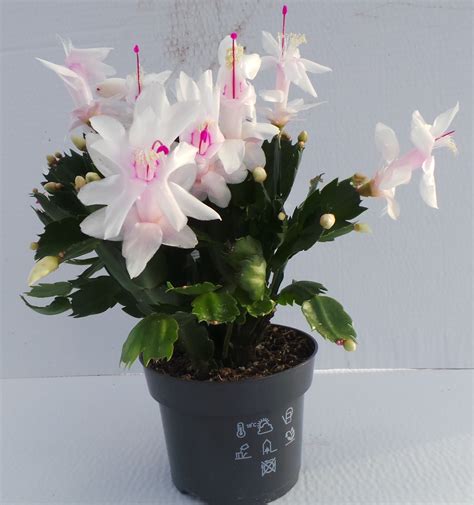Schlumbergera Plant. The appearance of the plant is as follows: Feed monthly in spring or summer.

Stem cutting country or region of origin: Commonly called the ‘christmas cactus’, ‘holiday cactus’ and ‘crabs claw. Schlumbergera plant is a perennial plant and grows in habitat:
Arching Erect Rounded Weeping Growth.
Schlumbergera is a fine example of a flowering indoor plant. Schlumbergera are pretty much pest and disease free with only mealybug being a common pest. At the end of autumn or the start of winter, the buds unfurl to reveal purple, red, white, orange or pink flowers.
Its Genus Is Named After The Belgian Horticulturist Who Discovered It, Frederick Schlumbergera.
Schlumbergera, the not so pretty name for this lovely group of epiphytes (plants originating from high in the tree tops of tropical jungles) are long lived, and seemingly perfectly adapted to being a house plant. However, in the 9 to 11 usda hardiness zones, it can be grown outdoors. Sturdy flat leaves with curved spikes are strung together, ending in flower buds.
They Produce Brilliant, Tubular Blooms In Lilac Or Pink Colors When They Bloom.
Of these 6 are accepted species names. The plant list includes a further 4 scientific plant names of infraspecific rank for the genus schlumbergera. When placed in a suitable location with plenty of indirect light, 12 hours of darkness, and enough moisture, this versatile plant will surprise you with additional blooming cycles throughout the year.
Subtropical Regions And Tropical Forests.
Brazil's rain forests particularly resistant to (insects/diseases/other problems): Schlumbergera don’t need pruning, but the stems can get leggy or too long. The appearance of the plant is as follows:
The Christmas Cactus Bloom Ranges From White To Purple, Depending On The Type.
However it is often due to root deterioration cause by over or under watering. The parent plant of the christmas cactus is native to south america where it grows in the tropical forests of brazil. Often recognized by its common name christmas cactus, it was named so for the time of year in which its flowers normally bloom.
